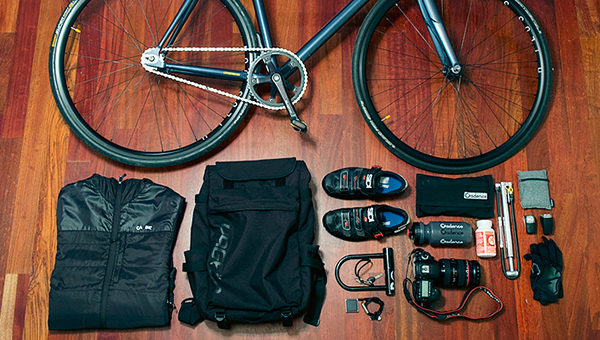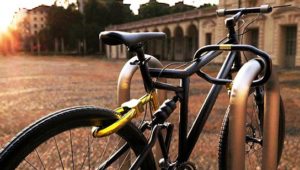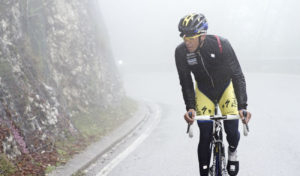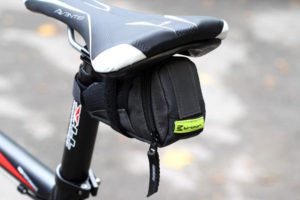Have you ever wondered what the differences are between a gravel bike vs. road bike? While they’re more alike than different (they’re both bikes, after all), there are unique aspects to both that help them to thrive in their given environments and designed-for purposes. This article will give you the low down on which one might be the best option for you.
(Credit: Adobe Stock)
Differences: Road Bike vs. Gravel Bike
Road bikes are primarily designed for speed and efficiency, while gravel bikes are more robust, and provide a convenient bridge between the road and mountain bike for riders who enjoy (or simply require) the versatility of both. While similar enough to be in a conversation together, they have unique differences that set them apart into their own categories.
Road Bikes
Road bikes are typically lighter in weight and less padded in material than gravel bikes. This is a result of their limited off-road capacity, with more emphasis on getting the rider from point A to point B as fast as possible. They’re designed to reduce wind and road resistance through aerodynamic features like a more aggressive riding profile, reduced wheelbase, and thinner tires.
5 Unique Characteristics of Road Bikes
- Constructed of lightweight materials like carbon fiber, high-quality steel or aluminum
- Thin, narrow, high-pressure tires that reduce road resistance; more speed with less effort
- Drop handlebars to emphasize low-profile, aerodynamic riding positions
- Engineered to be stiff in key areas to increase power transfer from the pedals
- Typically have a horizontal top tube and shorter wheelbase to reduce wind drag
(Credit: Adobe Stock)
Gravel Bikes
Gravel bikes are built with a little more grit. They’re designed to handle the scrappier elements of an off-road trail without worrying too much about things like speed. They are still lightweight, but are often a little more robust to handle the shocks and vibrations of trail riding. A more upright riding posture and wider tires are other features that put these bikes into a separate class.
5 Unique Characteristics of Gravel Bikes
- Frames that range in stiffness and are more durable than road bikes
- Equipped with multiple mounting points for racks, bags, bottles, etc.
- Wider tires for stability and traction on uneven and/or rough terrain
- Lower bottom bracket which lowers the centre of gravity for more stability
- Typically come with a wider range of gears to accommodate technical trails and hills
(Credit: Adobe Stock)
Which One Is Right For You?
The chief separator between these two classes of bikes is their function. Costs are similar across the different tiers of performance available on the market based on brand, component/material quality, etc. So it really comes down to what you’re going to use the bike for and where. Consider these three questions when making your decision.
- What will you use the bike for immediately and in the future?
- A gravel bike can survive on the road, but a road bike will have a hard time holding up on the trails. Any desire to be off-road might have you leaning more towards a gravel bike.
- Are you focused on training for a cycling race or triathlon?
- If your racing aspirations are serious, you need to start specializing in equipment at some point. A gravel bike simply won’t cut it when it comes to racing, and it won’t give you an honest representation of where you sit in the field.
- What is your preferred riding style and comfort level?
- Road bikes are designed for a more aggressive riding position, which can be uncomfortable. Gravel bikes often have a more relaxed and upright geometry, which can be more comfortable for full-day adventures or less competitive riding.
Road & Gravel Bike Accessories
No matter which one you decide to go with, you’re going to want to supe it up and make it your own! Convenience, style, protection…that’s what you’ll find with the hand selected accessories for both road and gravel bikes we have listed below.
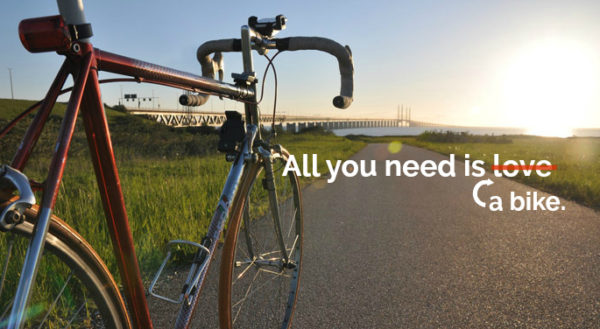

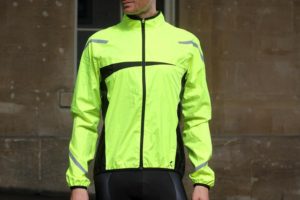 Cycling Jacket
Cycling Jacket
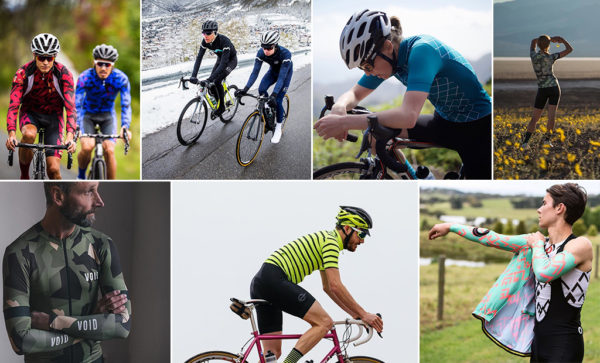

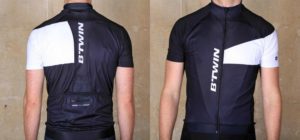 Step 2: Jersey
Step 2: Jersey